
400G Optical Transceivers: The Next Big Thing in Hyperscale Data Centres
In the fast-paced world of technology, where data is the driving force behind every operation, hyperscale data centres are the heartbeat of modern innovation. As the demand for faster, more efficient data processing grows exponentially, data center infrastructure must evolve to keep up.
Enter the next big thing in this landscape: 400G optical transceivers. These advanced components are poised to revolutionize hyperscale data centers by providing unprecedented data speeds, scalability, and efficiency.
Understanding 400G Optical Transceivers
Optical transceivers are devices that transmit and receive data using optical signals. They play a critical role in connecting networking equipment, such as routers, switches, and servers, in data centers. The “400G” in 400G optical transceivers refers to a data rate of 400 gigabits per second (Gbps), a monumental leap from the previous standard of 100Gbps.
400G optical transceivers leverage advanced technologies to achieve these incredible speeds. They often use a technology called PAM4 (Pulse Amplitude Modulation 4-level) signalling, which encodes data using four different signal levels, allowing for a denser packing of information into each pulse of light. This breakthrough in encoding techniques, combined with improved manufacturing processes and materials, enables the transmission of four times the data compared to their 100G predecessors.
The hyperscale data center market is estimated to grow at a CAGR of 26.44% between 2017 and 2027. The market size is forecasted to increase by USD 169.47 billion. The growth of the market depends on several factors, including the rising demand for data center colocation facilities, increasing reliance on hyperscale data centers for operational business needs, and a surge in cloud adoption.
What will be the Size of the Hyperscale Data Centre Market During the Forecast Period?
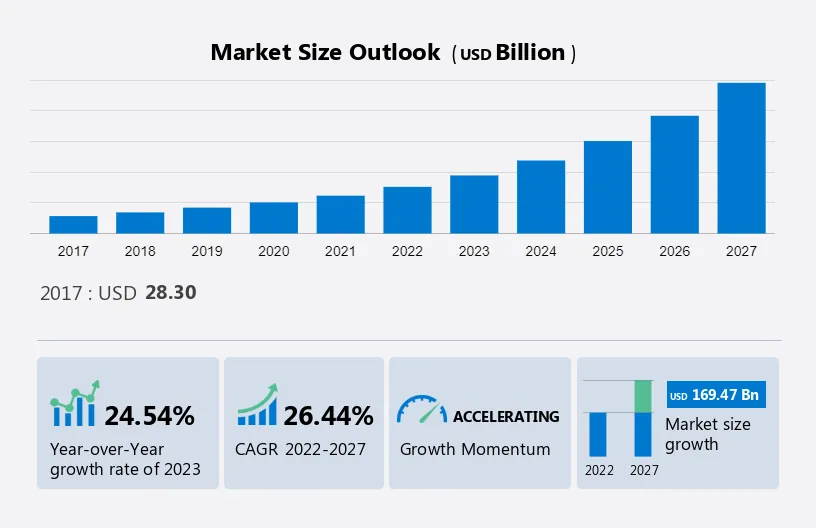
Hyperscale data center market size (source: technavio)
Significance of 400G in Hyperscale Data Centres
- Unprecedented Data Speeds
The most obvious advantage of 400G optical transceivers is the sheer speed they bring to the table. In an era where large datasets, real-time analytics, and high-definition streaming are the norm, data centres need to process and transmit vast amounts of information at lightning speed. 400G transceivers offer a solution to this challenge, enabling data centres to keep up with the ever-increasing demand for bandwidth.
- Enhanced Scalability
Scalability is a core requirement for hyperscale data centres. As businesses expand and data traffic grows, these centres must seamlessly accommodate the increased load. 400G optical transceivers contribute to scalability by providing more bandwidth within the same physical infrastructure. This means that data centre operators can upgrade their network capacity without completely overhauling their existing setups.
- Space and Energy Efficiency
Hyperscale data centers span massive physical footprints and consume substantial amounts of energy. The ability of 400G optical transceivers to transmit more data through a single transceiver offers a significant space-saving advantage. By reducing the number of transceivers required for the same data throughput, these components indirectly contribute to energy efficiency, cooling cost reductions, and overall operational savings.
- Enabling Emerging Technologies
The proliferation of technologies like 5G, artificial intelligence, and the Internet of Things (IoT) relies heavily on robust data center infrastructure. 400G optical transceivers provide the high-speed connections necessary to support these technologies’ data-intensive requirements. As industries continue to adopt and integrate these technologies, the demand for 400G-enabled data centers will only escalate.
Benefits and Challenges
Benefits
- Speed: The primary benefit of 400G optical transceivers is their unparalleled speed, which directly addresses the need for rapid data transmission.
- Density: These transceivers offer a higher data density, allowing more information to be transmitted in each timeframe.
- Futureproofing: Investing in 400G technology prepares data centers for future bandwidth demands, ensuring their longevity and competitiveness.
- Reduced Latency: Faster data transmission inherently leads to reduced latency, critical for real-time applications like online gaming and financial trading.
Challenges
- Cost: The development and implementation of cutting-edge technology often come with higher costs, which can pose challenges for budget-conscious data centres.
- Interoperability: As with any emerging technology, ensuring seamless integration and interoperability with existing systems can be complex.
- Heat Dissipation: Higher data rates generate more heat, necessitating advanced cooling solutions to prevent overheating and performance degradation.
- Signal Integrity: Maintaining signal integrity at such high data rates requires meticulous attention to design, materials, and manufacturing processes.
- Shaping the Future of Hyperscale Data Centres
The journey toward 400G optical transceivers is already well underway, with major players in the industry actively developing and deploying this technology. The implications for hyperscale data centres are profound, as they embrace these advancements to remain at the forefront of data processing capabilities.
Network Architecture Transformation
The adoption of 400G optical transceivers will necessitate a transformation in network architecture. Data centres will need to optimize their infrastructure to accommodate the increased bandwidth, which could involve upgrading cabling, switches, and routers. Additionally, the architecture might shift towards a more distributed model to manage the higher data loads efficiently.
- Emergence of Edge Computing
As data centers evolve to support higher speeds and greater processing power, edge computing—an approach that processes data closer to its source—will become more viable. 400G optical transceivers will enable seamless communication between edge devices and centralized data centres, facilitating real-time data analysis and response.
- Innovation Acceleration
The introduction of 400G optical transceivers will likely spark new waves of innovation. With more headroom for data transfer rates, developers and businesses can explore novel applications and services that demand substantial bandwidth. This, in turn, could lead to groundbreaking solutions across various industries.
PAM4 Modulation: Driving Increased Data Density
The core technology that empowers 400G transceivers is Pulse Amplitude Modulation 4-level (PAM4) modulation. Unlike traditional binary signalling, where each symbol represents one bit of data (0 or 1), PAM4 encoding uses four signal levels (−3, −1, +1, +3) to convey two bits per symbol. This innovation effectively doubles the data rate without requiring double the signal bandwidth, making it a pivotal advancement in high-speed data transmission.
Wavelength Division Multiplexing (WDM): Maximizing Fibre Utilization
Wavelength Division Multiplexing (WDM) is another crucial aspect of 400G transceivers. WDM allows multiple data streams to be transmitted simultaneously over a single optical fibre, each using a different wavelength of light. This technique significantly enhances fibre utilization and capacity, further optimizing data center resources.
Coherent vs. Direct Detection
Two main technologies are employed in 400G transceivers: coherent and direct detection.
Coherent Technology: Coherent 400G transceivers utilize advanced digital signal processing to recover transmitted data accurately. While more complex and costly, coherent transceivers offer longer transmission distances and enhanced performance, making them suitable for long-haul and high-capacity connections.
Direct Detection Technology: Direct detection relies on simpler optical components and is more cost-effective. However, it’s typically limited to shorter distances and may require signal regeneration for extended reach.
Optical Components: DSP and FEC
Digital Signal Processing (DSP) plays a pivotal role in 400G transceivers. DSP algorithms are employed to correct impairments caused by signal distortion, chromatic dispersion, and polarization mode dispersion, which become more pronounced at higher data rates. These algorithms enhance the overall signal quality and integrity.
Forward Error Correction (FEC) is another essential component. FEC algorithms add redundant data to transmitted information, enabling the receiver to correct errors that occur during transmission. This correction mechanism is crucial for maintaining reliable data transmission at high speeds and over longer distances.
Multi-Source Agreement (MSA) Standards
The development and widespread adoption of 400G transceivers are facilitated by Multi-Source Agreements (MSAs). MSAs define common specifications and interfaces for optical transceivers, ensuring compatibility and interoperability between different manufacturers’ products. The 400G MSAs address critical parameters such as form factors, electrical interfaces, and optical specifications, allowing for a cohesive ecosystem of 400G transceiver solutions.
Optical Connectors and Cabling
The migration to 400G transceivers also necessitates advancements in optical connectors and cabling. To support higher data rates and accommodate the increased number of fibres required for parallel transmission, new connector designs and cabling solutions are being developed. These solutions aim to minimize signal losses, optimize signal integrity, and manage the higher heat generated by increased data throughput.
Challenges and Future Directions
Signal Integrity and Dispersion Compensation
At 400G data rates, signal integrity becomes a paramount concern. Higher-frequency signals are more susceptible to attenuation, distortion, and dispersion, which can degrade the quality of transmitted data. Innovative designs and advanced materials are employed to mitigate these effects and maintain a high signal-to-noise ratio.
Power Consumption and Cooling
The increased processing power of 400G transceivers demands more energy. Data centres must contend with elevated power consumption and the associated heat generation. Efficient cooling solutions are essential to prevent performance degradation due to overheating and to manage the operational costs of energy consumption.
Integration with Network Infrastructure
While 400G transceivers hold immense potential, their integration with existing network infrastructure can be complex. Upgrading switches, routers, and other networking equipment to support 400G interfaces requires careful planning and investment.
Beyond 400G: 800G and Beyond
Even as 400G transceivers become the new standard, the industry is already looking ahead to even higher data rates. Research and development efforts are underway to create 800G transceivers and beyond, which will build upon the technological innovations and lessons learned from the deployment of 400G solutions.
Conclusion
400G optical transceivers are at the forefront of the data center revolution, providing unparalleled data speeds and paving the way for the future of hyperscale data processing. Through PAM4 modulation, WDM, advanced signal processing, and multi-source agreement standards, these transceivers overcome technical challenges to offer faster, more efficient, and scalable data transmission. While challenges like signal integrity, power consumption, and infrastructure integration exist, they are driving the industry to innovate further. The journey doesn’t stop at 400G; the horizon holds promises of even higher data rates, continued advancements, and the evolution of data centers to support the ever-growing demands of the digital age.
FAQ's
Yes, there are two main types of 400G transceivers : coherent and direct detection. Coherent transceivers utilize advanced digital signal processing for longer distances, while direct detection transceivers are more cost-effective and suited for shorter ranges.
FEC is a technique used in 400G transceivers to add redundant data to transmitted information, allowing the receiver to correct errors that occur during transmission, ensuring reliable data transmission.
400G transceivers utilize technologies like Wavelength Division Multiplexing (WDM) to transmit multiple data streams over a single optical fibre, maximizing fibre capacity and efficiency.
MSAs define common specifications and interfaces for 400G transceivers , ensuring compatibility and interoperability between different manufacturers' products, thus facilitating their widespread adoption.
Advanced Digital Signal Processing (DSP) algorithms are employed in 400G transceivers to correct impairments caused by signal distortion, dispersion, and other factors, enhancing signal quality and integrity.
es, 400G transceivers can be integrated with existing network infrastructure, although it may require upgrades to switches, routers, and cabling to fully support the increased data rates.
Yes, the development and implementation of 400G technology can come with higher costs, particularly in terms of initial investment, equipment upgrades, and training.
Coherent transceivers use advanced signal processing for longer distances and better performance, while direct detection transceivers are more cost-effective and suitable for shorter connections.
400G transceivers enable seamless communication between edge devices and centralized data centers, supporting real-time data analysis and response, a key aspect of edge computing.
The adoption of 400G transceivers is expected to grow as data demands increase. Research and development efforts are already underway for even higher data rates like 800G and beyond.
Faster data transmission through 400G transceivers inherently leads to reduced latency, which is crucial for real-time applications such as online gaming and financial trading.
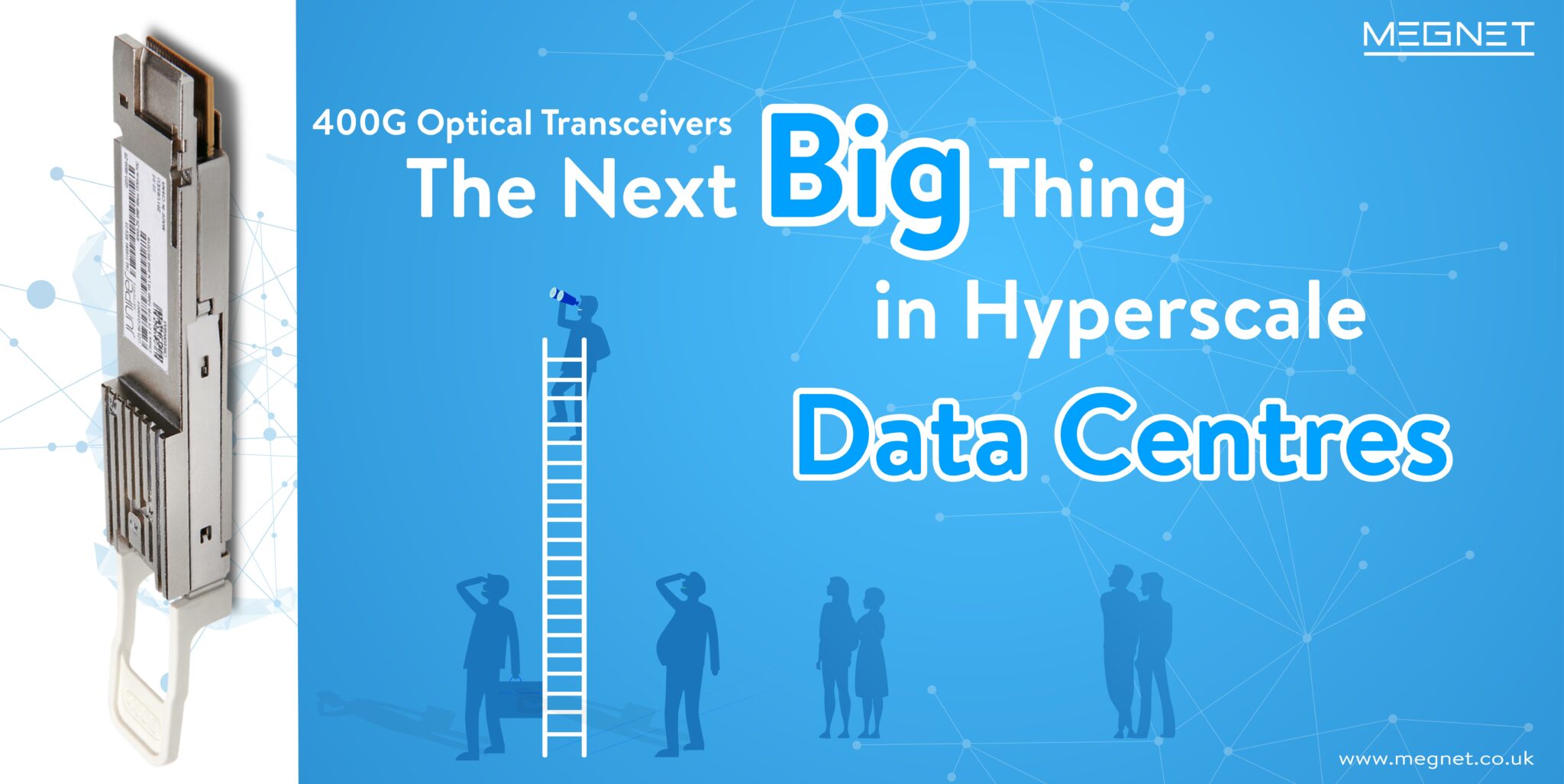

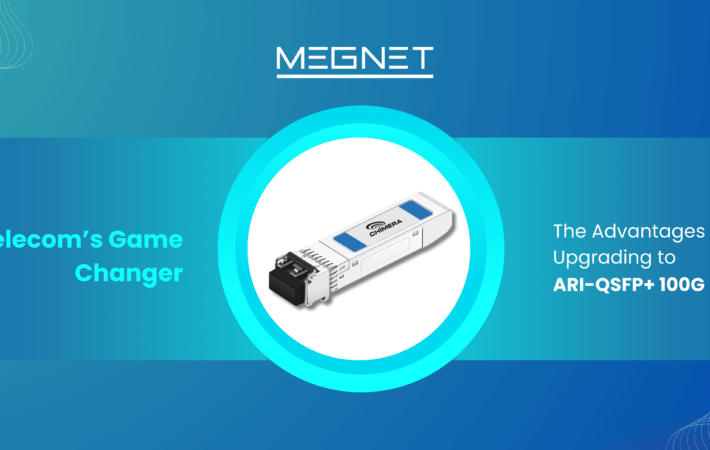

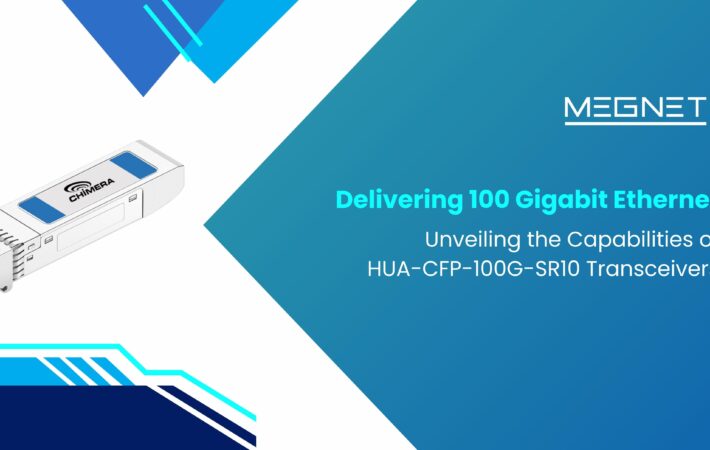
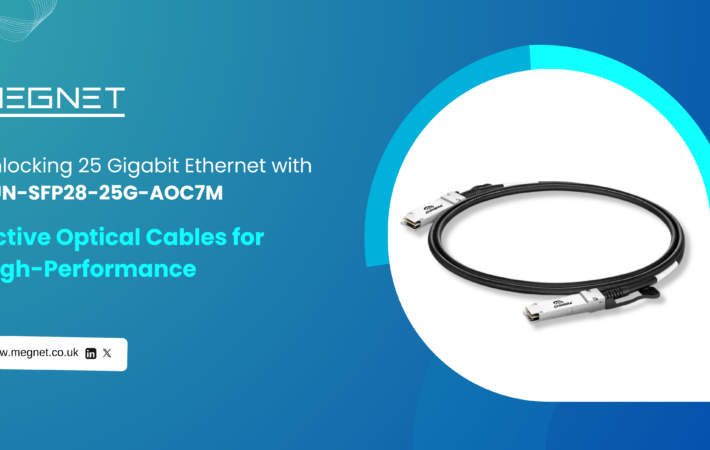
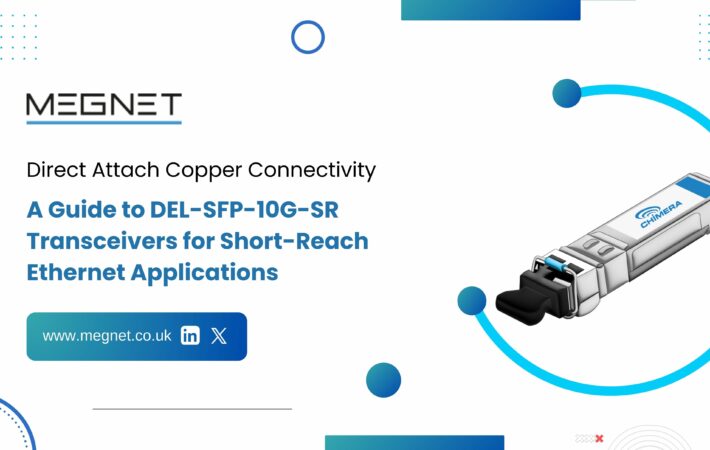


Leave a comment
Your email address will not be published. Required fields are marked *